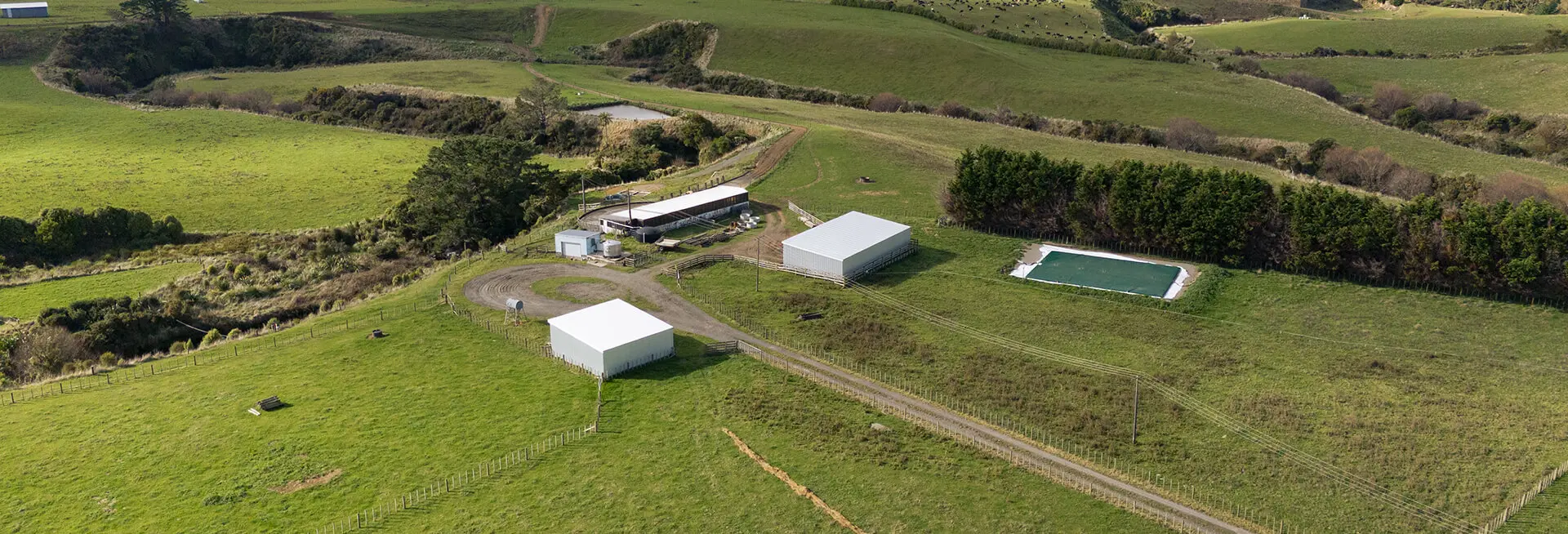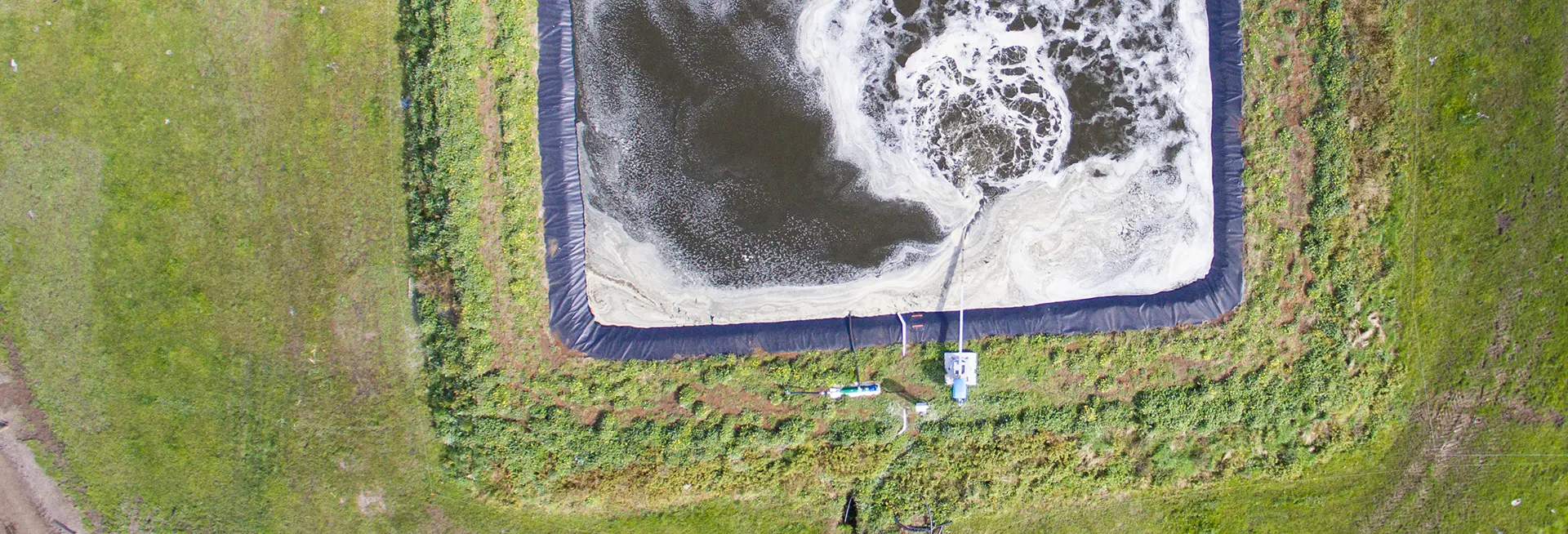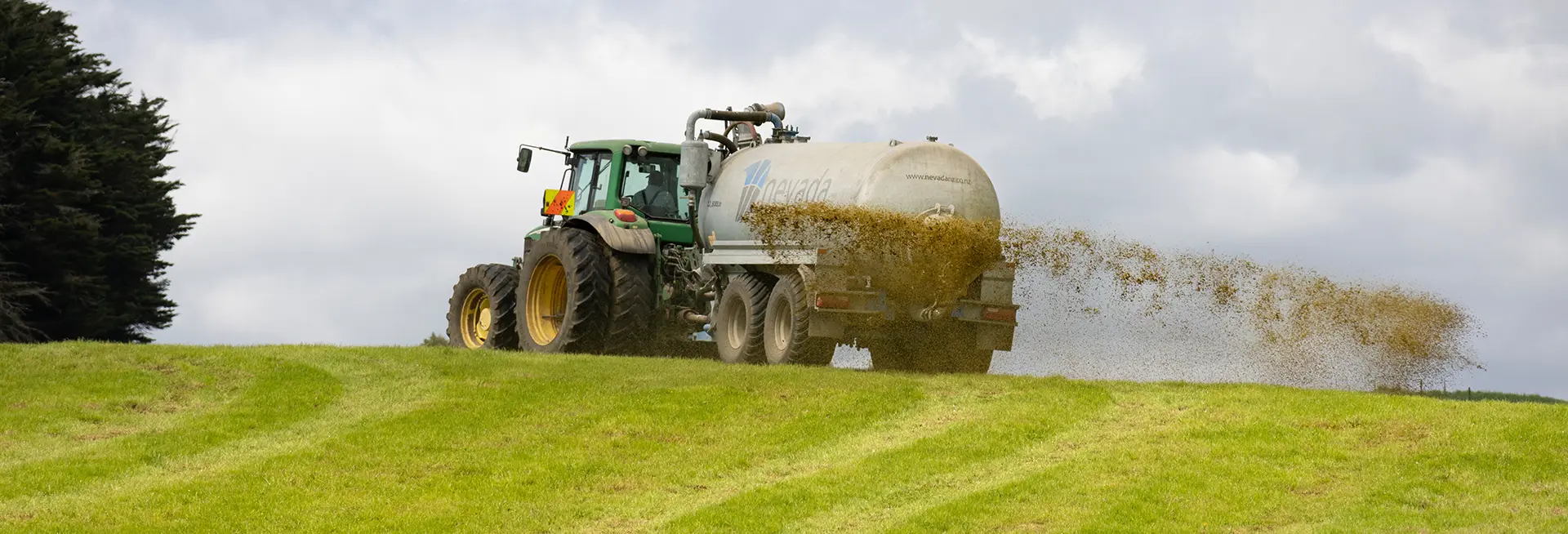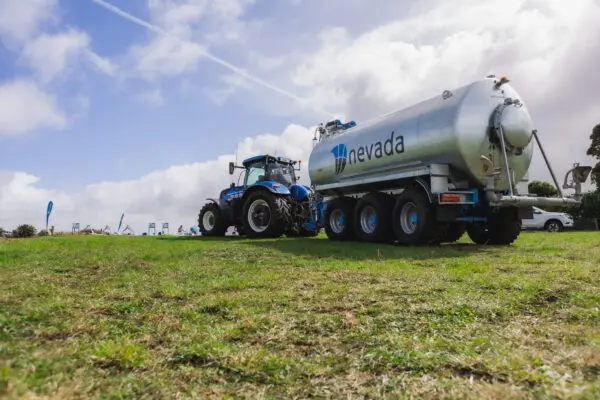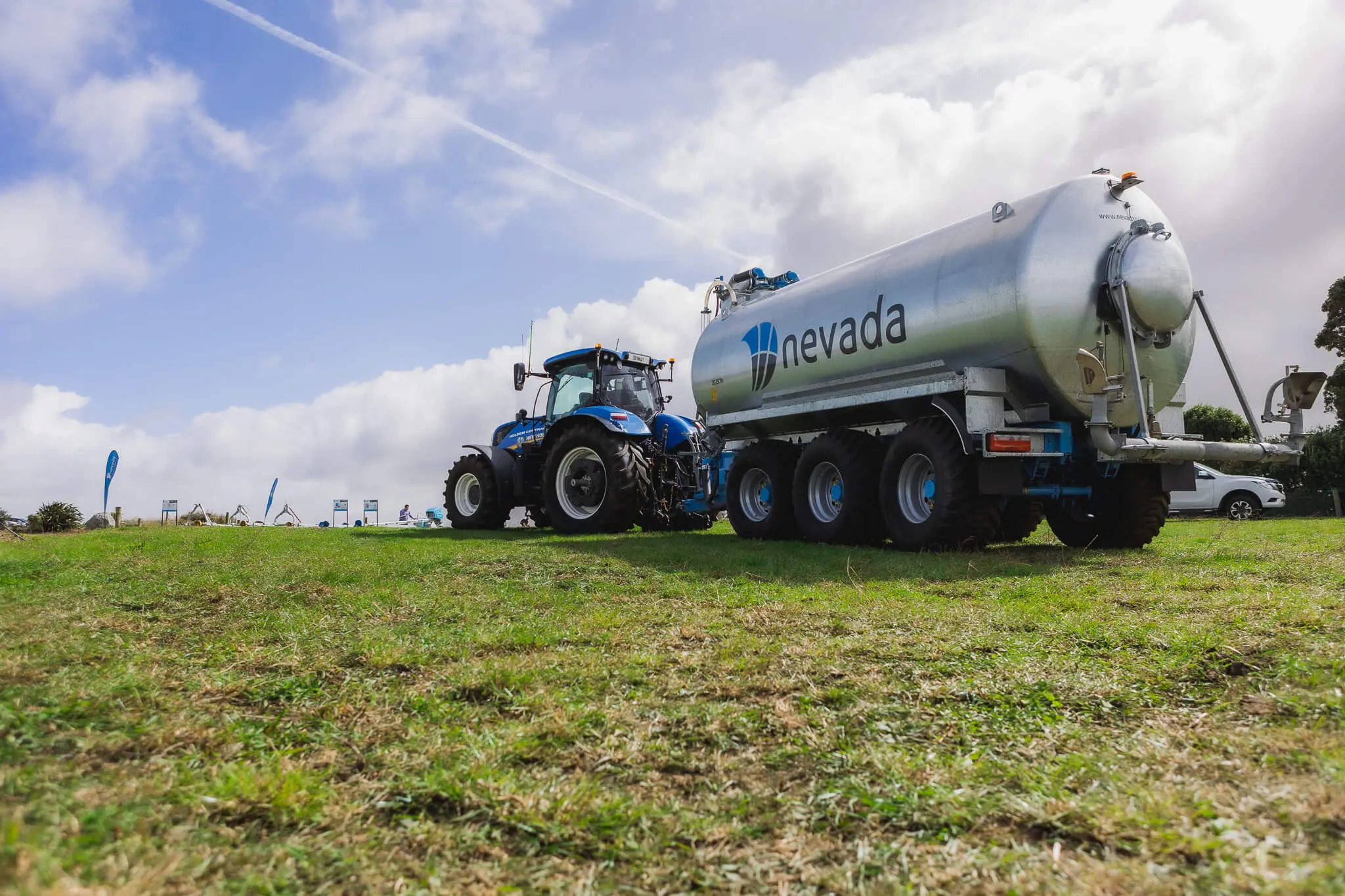In 2012, a Springston farm was fined a record $90,000 after illegally discharging dairy effluent onto land in Springston, resulting in a significant discharge into Lake Ellesmere. This was on top of a previous $20,000 fine and community service time for the farm manager for a previous offence. This Environment Court judge noted that the level of the fine was set.
Brett Aldridge, the Resource Management Act monitoring and compliance regional manager, said that although the company who owned the farm were not responsible for the farm manager’s deliberate actions, they didn’t have a proper process in place to identify issues such as equipment failure or poor employee performance.
The environment court judge hoped the large penalty would help urge farmers into taking a closer look at systems and processors. However, it doesn’t seem to have worked.
In 2015, Environment Canterbury (ECan) monitored nearly 1000 farms in the area, and found more than one-third were non-compliant. In one region, more farms were breaking the rules than not.
This isn’t just a Canterbury issue. A Rahotu dairy farmer was fined $66,000 in the Taranaki Environment Court following two charges of discharging effluent into groundwater and a stream on one of his farms. A New Plymouth farm director, and the director of a sharemilking company were charged $63,320 between them. In this case, the sharemilkers fine was $3,320, as it was determined that his offloading of effluent wasn’t intentional and was the result of a lack of training.
These incidents, and others, have made headlines in the media, and resulted in negative publicity for New Zealand farming. Increasing awareness of environmental impacts means that farmers are in the spotlight as caretakers of our land and resources, and the picture that’s being painted isn’t very flattering.
Giving Dairy farming a bad name
Of course, not all farmers are causing problems, and many of the farms that are non-compliant are so because of equipment malfunctions or staff incompetence, which are different issues from the willful negligence many media outlets are portraying.
There are also issues with the way non-compliance is measured and reported to the media. Ian Walker, Farmers of New Zealand president and a Kaitaia dairy farmer, notes that there’s no consistency around what constitutes “significant non-compliance”. Walker worries that using this kind of language creates the impression that farmers are actively polluting the landscape.
“Most people assume significant non-compliance means a serious impact on water quality but that’s not true … Let’s not paint Northland dairy farmers as environmental vandals.”
-(NZ Herald)
Compliance is a huge issue, and with environmental concerns at the forefront of media attention and a New Zealand public keen to maintain its “clean, green” image, it’s only going to get worse. Ultimately, government wants to keep New Zealand pristine so that many more generations of farmers can work the land. Regulators will continue to tighten rules and more strictly enforce them. Farmers that are caught being non-compliant may have more than just a fine to pay – their reputation may suffer as a result.
As a farmer, it’s up to you to ensure you remain compliant and meet your resource management conditions. Neglecting compliance could harm your reputation, not to mention your wallet.
When it comes to compliance, how do you know what you don’t know?
Like the company in the case study above, it’s not uncommon for a farmer to be unaware of what employees are doing on their land. Running a farm involves a ton of work across a huge geographic area, and you can’t have your eyes on everything at once.
Unfortunately, if a person in your employ is caught breaking resource consent conditions, or your equipment malfunctions and releases effluent into waterways, a court will likely hold you ultimately responsible.
In order to protect your company and your livelihood, you need to ensure you have processes in place to monitor your equipment and identify issues with employees, before things escalate into a serious violation.
But how do you know what you need to do to improve your current processes? Unfortunately, in many of the serious compliance cases brought before the environment courts, the farmers in question didn’t know they had a compliance issues until it was too late.
It’s not too late to audit your current effluent management process and ensure you have all the right measures in place to remain compliant. You can:
- Stay up-to-date on compliance rules for your region. NZ Dairy maintains guidelines on the different compliance rules, and regularly update to stay on top of recent changes. Download your region’s guidelines.
- Use the NZ Dairy effluent compliance checklists. NZ Dairy provides a list of useful effluent checklists for the different dairy farming regions. These checklists are for your own use – they do not have to be shared with.
- Hire an accredited supplier to audit your system. The Farm Dairy Effluent System Design Accreditation Program curates a list of accredited organisations whose systems meet a high standard and Code of Practice.
- Create a regular maintenance schedule for your effluent equipment. This ensures equipment is checked regularly and any malfunctions are seen to before they become big problems.
- Establish clear use-processes for employees to follow. Create checklists and job processes for the maintenance and use of your effluent equipment. Seek feedback from your staff to ensure you capture all parts of the process. Dairy NZ produces excellent employee guides for managing irrigation systems.
- Reward staff who demonstrate initiative and solid work processes. Create a culture where compliance is seen as the framework for good work, not as an annoyance that should be circumvented to make life easier.
The right equipment is key to successful effluent management
Effluent management involves complex equipment and a well-thought out plan. As equipment is dispersed over a wide area, even with a regular maintenance schedule, problems can often take some time to be noticed and diagnosed. For this reason, it’s important to utilise quality equipment that will stand up to tough farming conditions.
Investing in quality equipment can be a hard pill to swallow when budgets are tight as it is. But remember that an effective effluent management strategy does more than just keep your farm compliant with resource consent conditions. Managing effluent improves the condition of your soil, prevents many animal-health issues and livestock diseases, and can save your thousands in fertiliser costs.
The average dairy cow produces about $25 worth of nutrients annually as farm dairy effluent (FDE). If you have a herd of six-hundred cows, you’re looking at approximately $15,000 worth of nutrients per year. By adding those nutrients back into the soil, you’ll experience significant savings year upon year.
As a farmer, you will also be doing your part to ensure New Zealand’s waterways remain pristine.
Too many companies try to shortcut solutions and produce sub-par machinery. When choosing your machinery, don’t just go for the cheapest options on the market. Look at what you need to work with your farm’s unique landscape and herd size, and discuss different safety features and improvements with your manufacturer.
Manufacturer and supplier Nevada are New Zealand specialists in effluent management systems. They work hard to design and supply products that will not only last for years, but will allow farmers to streamline processes and save time. On a farm, time is productivity, so anything that can cut hours of work from a process is a wise investment.
One of Nevada’s innovations are their range of Fertigators – these provide a low cost way for dairy farmers to irrigate using dairy effluent. Nevada Fertigators can be joined together to cover more pasture, they can be towed by an ATV and they can also be used to fertilise hillsides. Fertigators are developed and manufactured in New Zealand, and are designed specifically with our unique farming conditions in mind.
“We use Nevada Fertigators on rolling country that we are not able to get our travelling irrigator to,” explains Mike Marshell, a Southland dairy farmer, who swears by Nevada products for his effluent compliance. “It’s opened up more areas of my farm. We’ve gone from 50 hectares of effluent irrigable land to 120 hectares. Basically, it’s covering those hill faces and getting fertility back to where we haven’t had it.”
Nevada offer a two-year warranty on all their effluent management equipment, in order to help ensure farmers are getting the best products in order to meet their compliance needs.
Compliance doesn’t end at the effluent pond
Compliance extends beyond your resource consent conditions. You also need to ensure that any effluent management plant, equipment and processes comply with the New Zealand Health & Safety Act.
Farming is one of the biggest problem sectors when it comes to workplace Health & Safety in New Zealand. More people are killed and injured in the agriculture sector than in any other industry (Worksafe NZ).
If a worker is hurt on your property, and it’s found you didn’t take all practicable steps to manage hazards and prevent accidents, you could be liable for a fine of up to $1.4 million. Every worker has the right to go home at the end of the day alive, without injury, and the legislation exists to ensure we all remember this.
Effluent products are responsible for many health and safety violations, from dangerous practises to negligence causing accidents. Luckily, safe machines are also efficient machines that do their jobs as they should. Much of your compliance work will kill two birds with one stone.
As many farmers live on their properties and employ family, it can often be difficult to understand where your responsibilities under the Act start and end. Worksafe NZ has prepared a useful website called Safer Farms that outlines everything farmers need to know to comply with the Act and take all practicable steps to prevent accidents on their properties. NZ Dairy also has a great resource page to help you create an effective health-and-safety and hazard management plan.
Suppliers have a wealth of product knowledge, and are working hard to create innovative solution that eliminate farming hazards. For example, Nevada has developed a range of pond booms designed for local conditions. These booms enable all maintenance and monitoring of the effluent pond to be done from shore, eliminating several health and safety risks.
Are you compliant?
The importance of remaining compliant cannot be over-emphasised. As we’ve seen, the media is filled with stories of enormous fines levied against farms that offload effluent into waterways. Whether that offloading is deliberate or caused by negligence or accident is irrelevant. No matter the situation, you’d still be liable for the fine, and your company name would be dragged through the mud.
The same is true if your negligence or lack of compliance result in an accident or death on your farm. No one wants to have that kind of tragedy on their conscience, and the fine that accompanies it could cripple your business.
Having the right equipment and process in place protects your business and secures your future. You’ll also ensure that New Zealand’s waterways remain clean and pristine for future generations to enjoy.
Use the resources at your disposal to audit your current effluent systems, and establish new systems and upgrade equipment as necessary. Working with companies like Nevada to create a complete compliance system will ensure the best results, and presents you with new opportunities – to improve process, to streamline work, and ultimately, to increase productivity and profit from your land.
